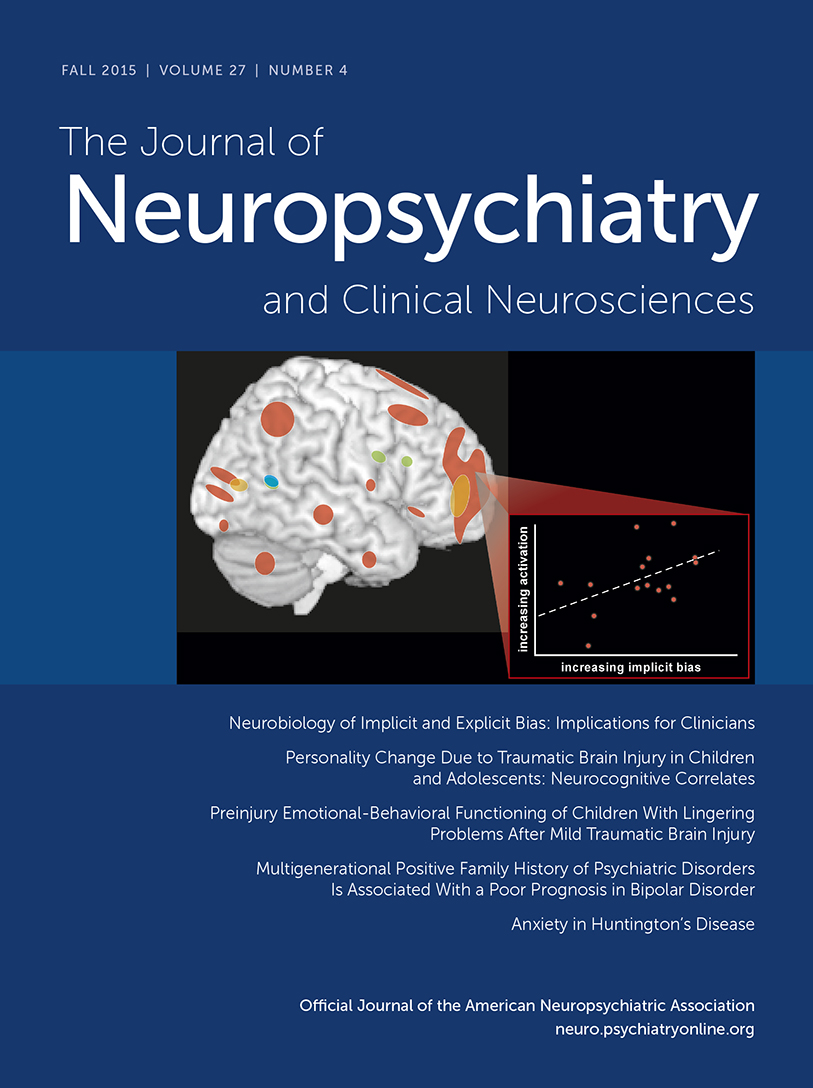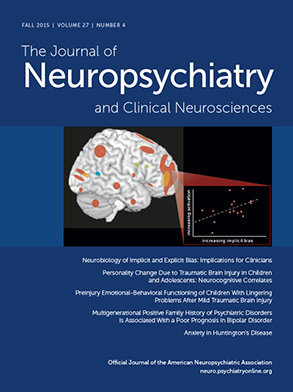The Effect of Repeated Ketamine Infusion Over Facial Emotion Recognition in Treatment-Resistant Depression: A Preliminary Report
Abstract
Methods
Study Design
Participants
Procedures
Facial Emotion Recognition Task
Data Analysis
Results
Demographic and Clinical Characteristics
Antidepressant Outcomes
Baseline Performance in FERT and Gender Recognition
| Target Emotion Identification | |||||||
|---|---|---|---|---|---|---|---|
| Emotion of Facial Stimuli | Intensity of Facial Stimuli | Fear | Happy | Sadness | |||
| Reaction Time (ms) | Accuracy (%) | Reaction Time (ms) | Accuracy (%) | Reaction Time (ms) | Accuracy (%) | ||
| Neutral | 0% | 835 | 96.8 | 772 | 91.4 | 979 | 81.2 |
| Fear | 25% | 847 | 21.4 | 702 | 91.1 | 1011 | 75.0 |
| Happy | 901 | 98.2 | 772 | 63.1 | 779 | 97.0 | |
| Sadness | 759 | 92.9 | 778 | 90.5 | 1056 | 39.9 | |
| Fear | 50% | 831 | 76.8 | 736 | 98.2 | 1102 | 78.6 |
| Happy | 772 | 93.5 | 668 | 96.4 | 884 | 93.5 | |
| Sadness | 996 | 72.6 | 747 | 98.2 | 890 | 58.9 | |
Baseline Predictors of Change in Severity of Depressive Symptoms Through Repeated Ketamine Infusions
Effect of Six Ketamine Infusions Over Emotion Recognition During Follow-Up
Discussion
References
Information & Authors
Information
Published In
History
Authors
Funding Information
Metrics & Citations
Metrics
Citations
Export Citations
If you have the appropriate software installed, you can download article citation data to the citation manager of your choice. Simply select your manager software from the list below and click Download.
For more information or tips please see 'Downloading to a citation manager' in the Help menu.
View Options
View options
PDF/EPUB
View PDF/EPUBLogin options
Already a subscriber? Access your subscription through your login credentials or your institution for full access to this article.
Personal login Institutional Login Open Athens loginNot a subscriber?
PsychiatryOnline subscription options offer access to the DSM-5-TR® library, books, journals, CME, and patient resources. This all-in-one virtual library provides psychiatrists and mental health professionals with key resources for diagnosis, treatment, research, and professional development.
Need more help? PsychiatryOnline Customer Service may be reached by emailing [email protected] or by calling 800-368-5777 (in the U.S.) or 703-907-7322 (outside the U.S.).

